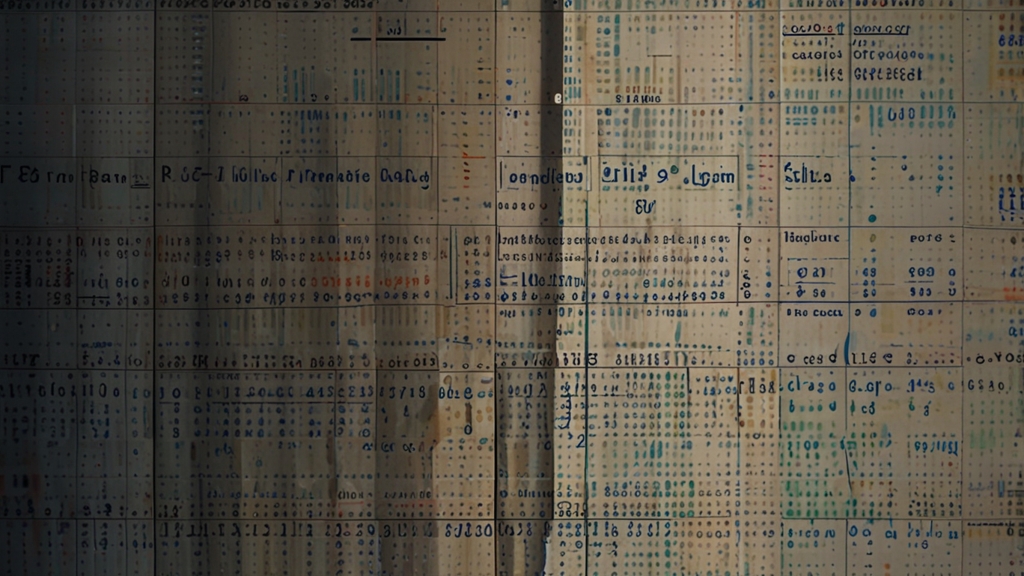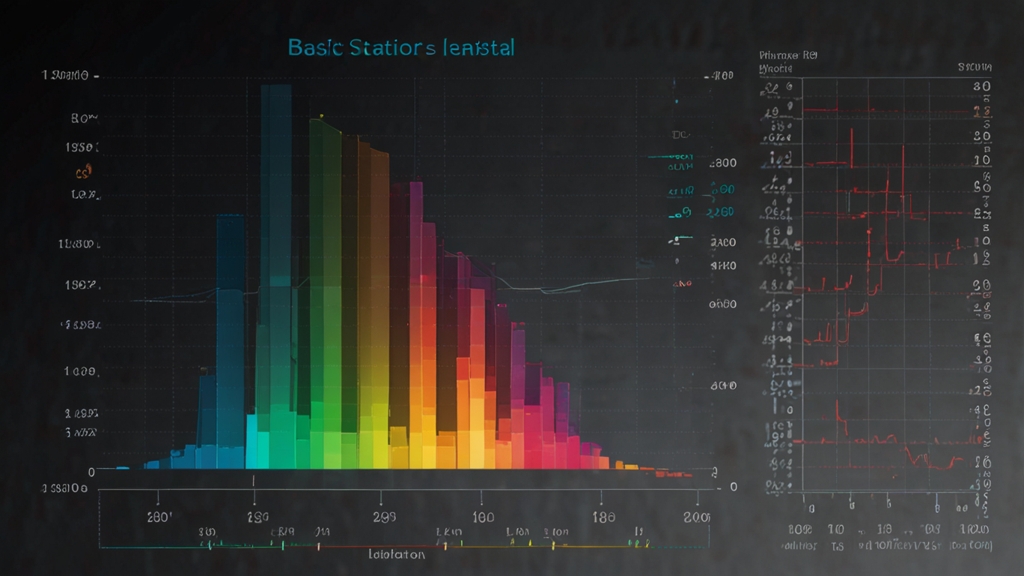The Surprising Connection Between Statistics and Ethics
When most people think of statistics, they imagine dry numbers, graphs, and data sets. Ethics, on the other hand, often evokes thoughts of moral principles, right and wrong, and philosophical debates. Surprisingly, there is an intimate connection between these two seemingly disparate fields. Understanding this connection is crucial, particularly in an age where data-driven decision-making is ubiquitous in sectors like healthcare, finance, public policy, and technology.
Integrity in Data Collection
The first point of intersection between statistics and ethics arises in the data collection process. Ethical considerations must govern how data is collected to ensure that it is accurate, reliable, and unbiased. Without these considerations, data can easily be manipulated to serve particular agendas, leading to false conclusions and potentially harmful outcomes.
"Ethics in data collection means that the process must respect the privacy, autonomy, and rights of subjects providing the data."
For example, in clinical trials, collecting data without informed consent from participants is a severe ethical breach. Not only does this undermine the integrity of the data, but it also fails the ethical standards society expects from scientific research.
The Dangers of Data Manipulation
Once data is collected, the methods by which it is analyzed and presented are equally critical. Misrepresentation of data, whether intentional or not, crosses ethical boundaries and can result in misinformation. Cherry-picking data points to fit preconceived notions, failing to account for variables, or ignoring biases can all lead to erroneous interpretations.
"Statistics can be a powerful tool for uncovering truths, but it carries an ethical responsibility to avoid the misuse that can obscure reality."
Consider the case of public policy. If a government were to use skewed statistics to promote an agenda, it could have dire consequences. Misleading statistics about crime rates, for instance, could lead to unnecessary panic and policy changes that do not solve the actual problem but rather waste resources or exacerbate existing issues.
Transparency and Reproducibility
Transparency in statistical methodologies and findings is another ethical imperative. Researchers and statisticians must be open about their methods, assumptions, and potential limitations of their data. Transparency ensures that studies can be reproduced and validated, building trust in the findings.
Reproducibility is a cornerstone of the scientific method. When the process behind statistical conclusions is transparent, other researchers can replicate the study, verify the results, and build upon them. This collaborative approach ensures ethical standards are upheld and helps avoid the propagation of errors.
The Responsibility to Communicate Effectively
Even when data is collected ethically and analyzed accurately, how it is communicated to the public or specific stakeholders can have ethical implications. Miscommunication or overly complex presentations can result in misinterpretation, leading to decisions based on misunderstood statistics.
Professionals have a duty to present data in a way that is understandable and truthful. This includes avoiding jargon when communicating with non-experts and ensuring that risks, uncertainties, and margins of error are clearly stated. In this way, people can make informed decisions based on the data presented.
Conclusion
The connection between statistics and ethics is profound and multifaceted. Ethical considerations are essential at every stage of the statistical process—from data collection to analysis, presentation, and communication. As our reliance on data continues to grow, the ethical dimensions of statistics will only become more significant.
By adhering to ethical principles, statisticians play a crucial role in building a more informed and just society. They remind us that with great power comes great responsibility, particularly when that power lies in the seemingly neutral realm of numbers and data.













